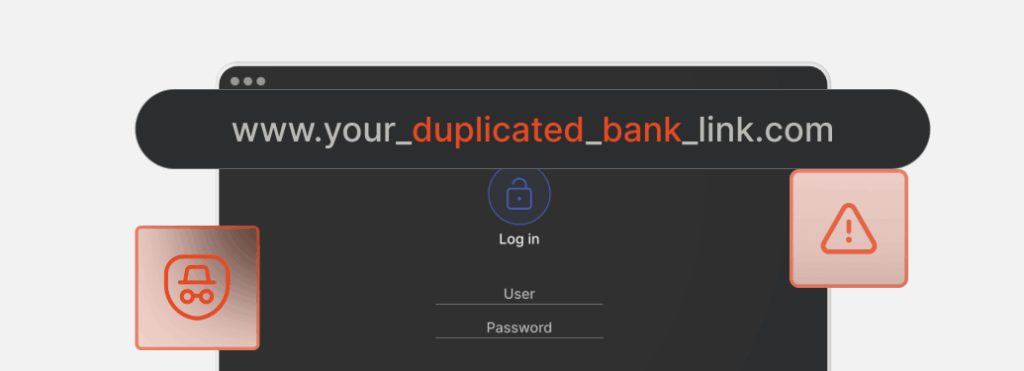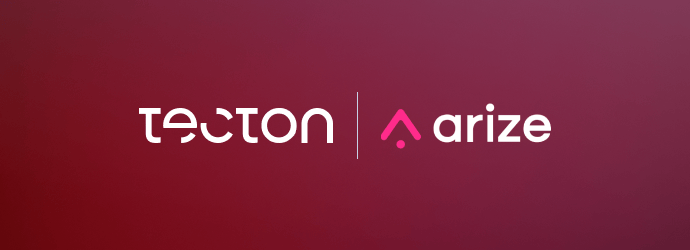Using Machine Learning for Risk & Fraud Detection

With the increase of digital technology in every aspect of our lives comes an increase in fraud. For instance, did you know that in 2020, digital payments increased by 41% over the previous year,1 allowing more opportunities for fraudulent transactions? Additionally, synthetic identity fraud, where bad actors mix stolen personal data with fake data, is becoming more common, with losses estimated at $20 billion in 2020 alone.2 Overall, suspected digital fraud attempts increased by 80% from 2019 – 2022.3
With the quick rise in fraudulent activity, it’s clear that in order to remain competitive and retain customer trust, companies that process digital transactions need to be able to quickly assess risk and detect and prevent fraud while providing seamless customer experiences.
In this post, I’ll dive into the benefits of using machine learning to fight and prevent fraud, as well as the challenges of building ML-powered risk assessment and fraud detection solutions.
Benefits & challenges of using real-time ML for risk assessment & fraud detection
Machine learning models are very effective at evaluating risk and detecting and preventing fraud, and can be retrained to identify new fraudulent behavior as scammers adapt their techniques to bypass detection systems. As a result, more and more companies are turning to ML to help fight fraud. Effective risk assessment and fraud detection models should be able to sift through hundreds of thousands of data points and return predictions in milliseconds—and this is where the challenge lies.
These models require high-quality batch and real-time data, but powering them with batch, real-time, and streaming data transformation pipelines can quickly become a huge headache.
Each type of use case requires a different type of data, which in turn requires its own set of tools and technologies to process—and stitching them all together and treating all these different data sources as inputs to a fraud model is hard … not to mention an increasingly costly headache when comes to maintaining or iterating on these systems in complex production environments.
For example, in some use cases, like approving or denying a credit card transaction, the model will need access to both batch data (like historical spending patterns) and super fresh data (like transaction location). For other use cases like a car loan credit approval, the model can rely on only historical batch data to assess risk and make a decision.
Whatever the case, it’s crucial that the data you’re training the model on is the right data so that it can make an accurate prediction. This ties back to preventing training / serving skew; in order for an ML model to be effective in the real world, the data used in production has to be the same data that you used to train the model—and it has to be served up almost immediately to make predictions in milliseconds. After all, you can’t have a customer waiting indefinitely at the other end of the terminal while your model “thinks” through whether the transaction is fraudulent or not.
This all adds up to vast amounts of data, all culled from various sources, and managing and analyzing this data efficiently is a huge challenge. At the same time, fraud detection models handle a lot of sensitive information, including customer data and financial transactions. Ensuring they’re secure and compliant is critical—and building and maintaining the infrastructure, and training and deploying ML models to meet all these requirements means a lot of time, money, and exponential costs.
So what’s a company to do?
Option 1: Buying a pre-packaged fraud detection solution
You could pay a third-party vendor to help you detect fraud; however, you won’t be able to optimize an out-of-the-box, one-size-fits-all solution based on the specific demands of your business.
While using a third-party vendor to fight fraud can provide significant benefits to a company, such as advanced tools and expertise, it also comes with a set of limitations that should be considered, including:
- Privacy and security concerns. Data breaches are becoming a more common occurrence. If you opt to buy a pre-packaged fraud detection solution from a third party, make sure the vendor meets security requirements that your customers expect you to have when it comes to protecting their data.
- Regulatory compliance. In addition to privacy and security concerns, companies in specific industries are required to comply with state and/or federal regulations related to data handling and fraud detection. While some vendors may meet compliance requirements, others may not. You’ll need to do the due diligence upfront before implementing the solution and continuously throughout the contract to ensure the vendor is compliant with any new regulations that are introduced.
- Limited customization. Your business and its demands are unique—and an out-of-the-box, third-party solution may not as be as flexible or offer the customizations you need. Plus, such a solution may encounter technical challenges in integrating with your existing systems.
- Potential misalignment. Your company and the vendor may not always have the same end goal. For example, the vendor might want to identify as much fraudulent activity as possible to show their worth while your team may want to avoid falsely flagging legal transactions as fraudulent to ensure good customer experiences.
- Vendor lock-in. Once you implement such a solution, your fate is tied to the vendor, for better or for worse. For instance, any maintenance or improvements made to the solution are at the discretion of the vendor—and if they decide to increase prices or sunset a key service, you can be left in a difficult position.
Option 2: Building an in-house solution
To avoid the above-mentioned challenges and risks involved in working with an out-of-the-box solution, some companies have decided to build, deploy, and maintain an in-house solution. On the surface, this approach looks tempting: It offers unmatched customization, seamless integration with existing workflows, and data security managed in-house.
However, not all that glitters is gold. Developing an in-house solution is challenging on many fronts. Fraud techniques are continuously evolving to keep outsmarting detection solutions, so the ML teams behind an in-house system need to be able to iterate in complex production environments. They also need to consistently create fresh features using a lot of noisy data from different sources and ensure data consistency from model training to real-time predictions, as well as manually update models with real-time and historical data.
In short, data management, complex feature engineering, and continuous maintenance—all while ensuring data security and regulatory compliance—of an in-house solution can lead to escalating resource and maintenance costs over time. This is why many ML teams start thinking about investing in a feature platform.
Adopting a feature platform: The easiest path to building, maintaining & improving in-house models
Implementing a feature platform can enable data teams to quickly iterate and refine predictive pipelines in complex environments. Fraud detection is a complex and ever-evolving challenge, and the right solution can simplify complex feature engineering and help teams efficiently manage real-time data.
For example, Tecton’s feature platform integrates into existing workflows and data scientists can leverage notebook-driven development for fast experimentation. It also enables teams to:
- Ingest data from a variety of sources, transform and aggregate it using SQL and Python, and serve the data to your model quickly
- Customize your feature data to tackle various fraud types and stay ahead of emerging trends
- Use powerful out-of-the-box or custom data aggregations to create, test, and deploy ML features to detect fraud in real time
With the right solution, your team can train and deploy advanced fraud detection models, minimize costs, improve real-time fraud detection, handle large and diverse data sets from batch, streaming, and real-time data sources, and ensure compliance and security.
Interested in learning more? Check out the on-demand videos from our event, apply(risk), about risk and fraud detection.


